Construction of Identity in a Digital World
Identity is the whole of the uniquely human, psychological, biological and social nature of the human person. Identity formation is a universal feature of human experience[1]. And what about identity in the digital world in today’s Internet society, where the growth of networks and social media is changing how individuals learn, collaborate, and express themselves?
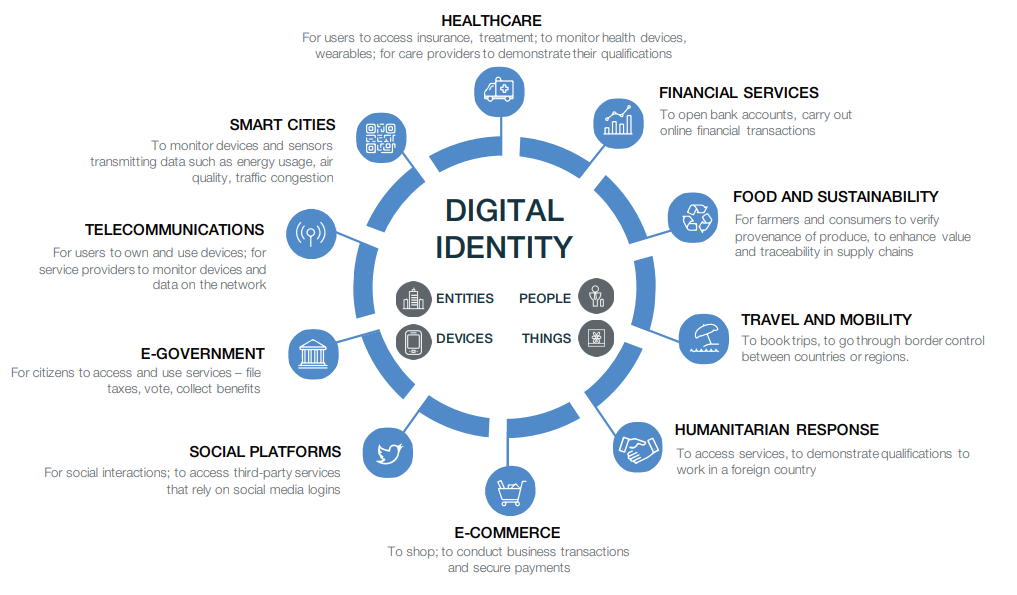
The digital world differs from the physical world in the persistence and searchability of information, and the reproducibility of content and information in the digital world. The openness and flexibility of the web make today’s social network spaces conducive to participation and interaction, where individuals can build identities that reflect and translate their abilities and interests [3]. Simply put, digital social networks provide flexibility and openness for interaction and self-expression, making it easy to build personalized identities. For example, nowadays, as long as you have access to the internet and communication devices, you can easily create a personal account on social platforms such as Instagram, Twitter, etc., and post content about yourself or your interests.
False Identities in the Digital World
It is due to the flexibility and openness of today’s internet society that many social media platforms allow users to create accounts using fictitious information. This may include fictitious names, avatars, biographical and other details. In turn, these fictitious identities can be used by unscrupulous individuals to commit a variety of cybercrimes, including fraud, identity theft, online fraud, and online harassment. As you can see from the statistical chart below, the value of e-commerce losses due to online payment fraud is increasing globally every year. Therefore, it is crucial to distinguish between false identities on the Internet to prevent being deceived
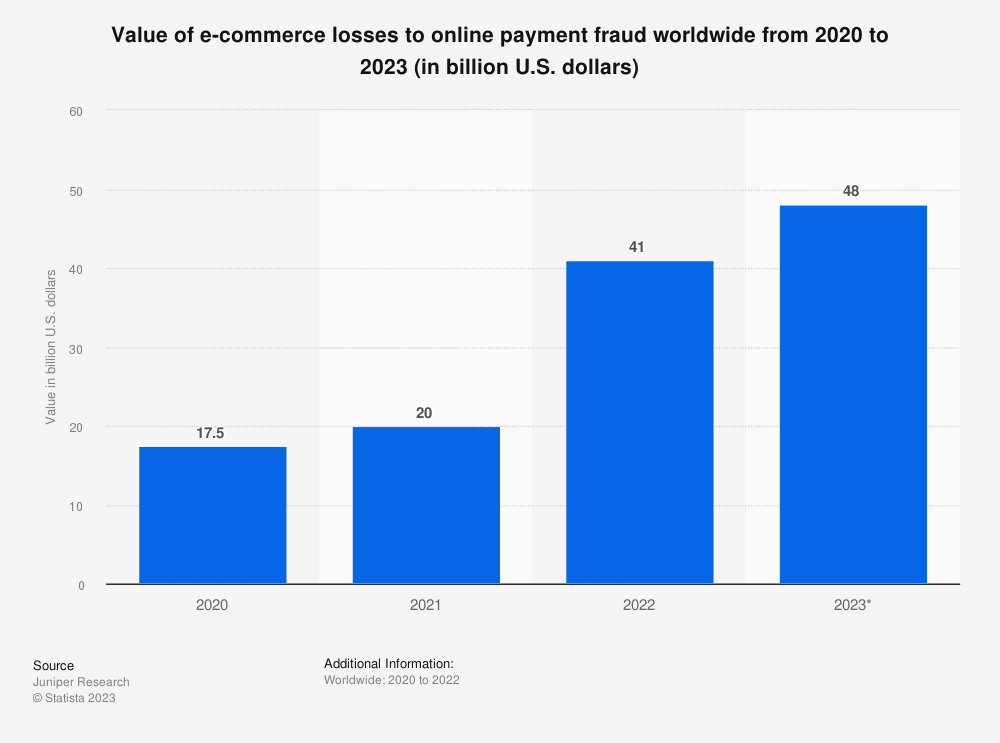
How can we tell the difference between a false identity?
- Take care of your privacy
Protecting your private information on social media platforms is crucial. Don’t easily disclose personal or sensitive information to strangers, especially without verification. You don’t know the true identity of the person on the other side of the online world.
- Enquire and confirm the identity of the other party
Please check the person’s profile as carefully as possible before connecting with an unfamiliar account. Be aware that even though the person’s social media account may have posted some profiles or photos that you are familiar with or know about, these could still be fake. There may even be unscrupulous people who steal the identities of people close to you to disguise themselves on the internet. If you are suspicious of someone’s identity, try to get in touch with them using other means of communication to verify the authenticity of the identity.
The above two points are the most basic and crucial ways we can do to avoid being cheated on the Internet. In addition, besides users, online platforms also have the responsibility to strengthen the protection of users’ privacy and the management of false information.
Finally, I’d like to invite you to watch a YouTube video published about a recent online scam.
REFERENCE
[1] Sharma, S., 2013. Self, identity and culture. In Interdisciplinary perspectives on consciousness and the self (pp. 117-124). New Delhi: Springer India.
[2] (2020). Legal Identity: How ID Apps Are Changing Aid and Development. World Economic Forum. https://www.weforum.org/agenda/2020/11/legal-identity-id-app-aid-tech/
[3] Aresta, M., Pedro, L., Santos, C. and Moreira, A., 2014. Social networks and the construction of identity in digital environments. Journal of Mobile Multimedia, pp.194-205.
[4] Statista. (2023). E-COMMERCE PAYMENT FRAUD LOSSES WORLDWIDE 2020-2023. https://www.statista.com/statistics/1273177/ecommerce-payment-fraud-losses-globally/

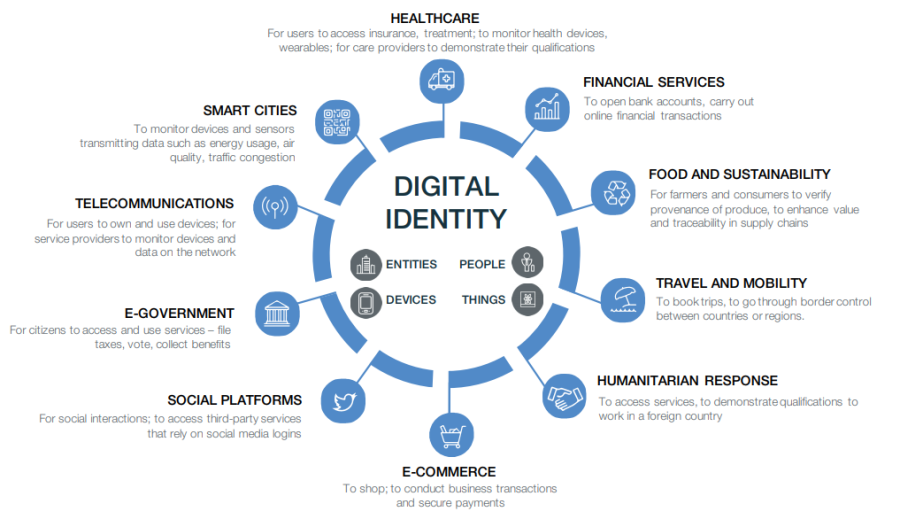
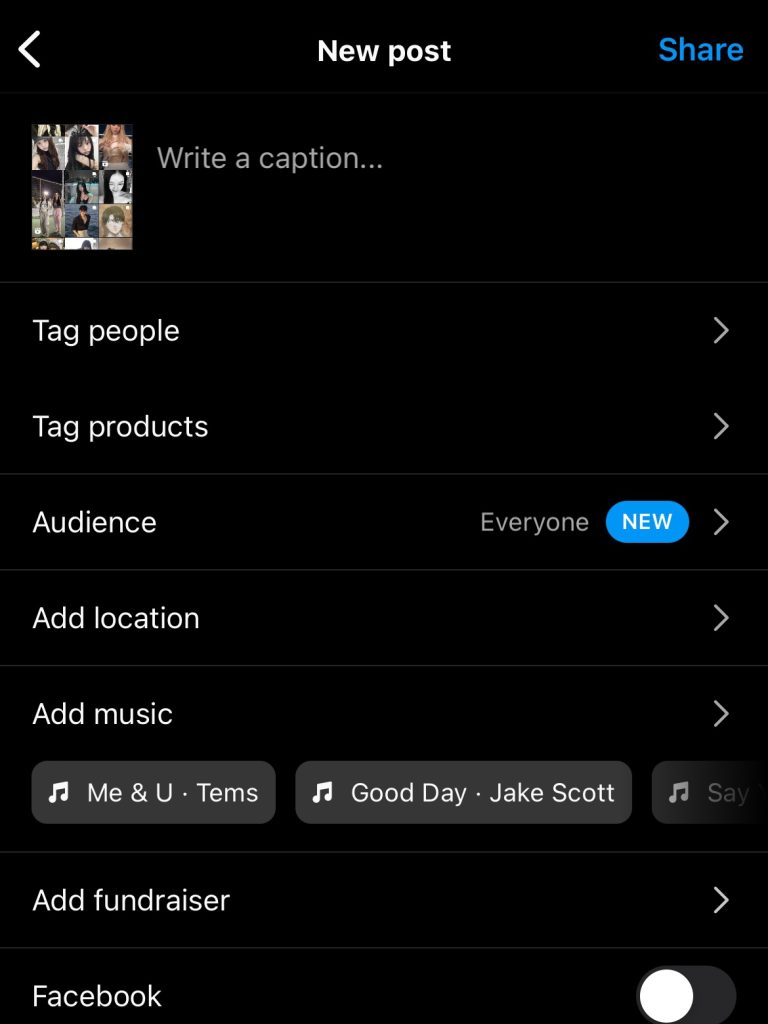
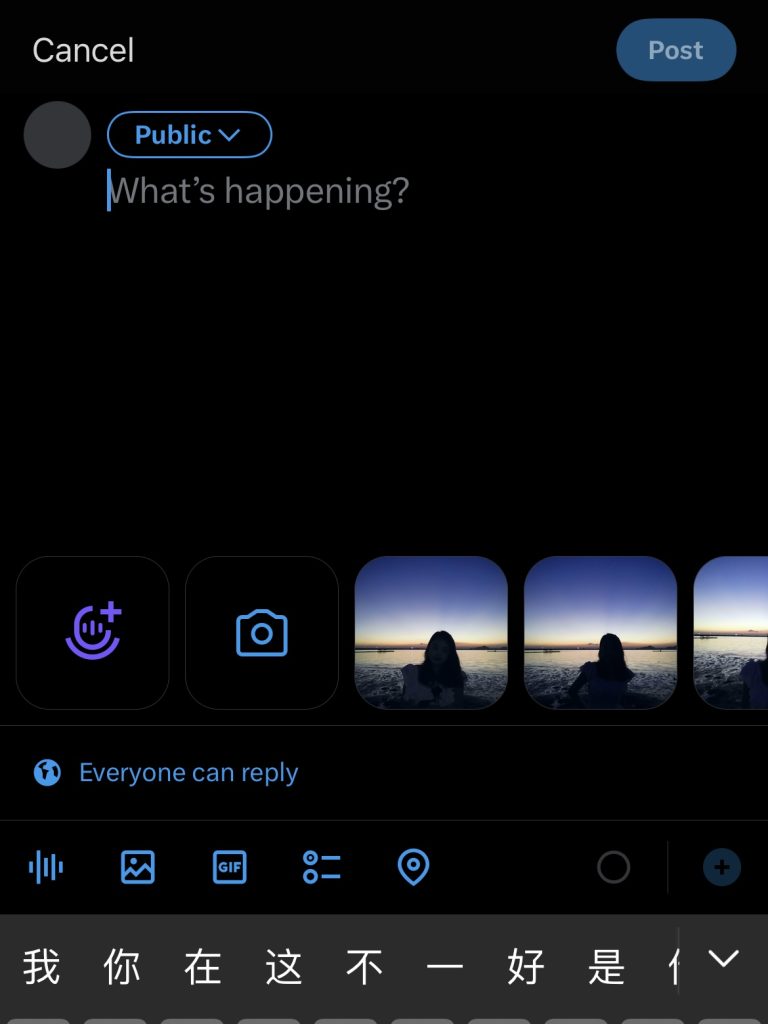
What an wonderful blog you did! Your blog has been a great help to me. Because that’s what I want to know. Although the development of digital media has brought many benefits to people, there are also some negative effects. For example, it is not possible to fully verify the authenticity of the transmitted user identity and the validity of the transmitted information. This reminds us that it is not only necessary to distinguish false identities, but also the we-media nurtured in the era of digital networking has accelerated the spread of false information. For the entry threshold of we-media is low, everyone can become a communicator, which also increases the risk of spreading false information, which is what we are supposed to pay attention to in the Internet era.
I like some of the links you provide in your blog, because they can explain your point and give a good explanation to readers. From your blog, I can see that you have a good grasp of the knowledge points described by the teacher. Thanks for your vivid sharing.
This post is great! I really enjoyed reading. I like how when summarising your post you gave solutions and help to the reader. I agree that people need to be aware of false identity in today’s society. It is very easy for people to fabricate things that they want people to see which I believe is potentially damaging to our society, do you agree?
Hi Yi Chen, your cautionary tale effectively highlights the risks of constructing false identities in the digital realm. While the flexibility and openness of cyberspace promote self-expression, it also paves the way for fictitious identities and cybercrime. In an era of rampant deception, such as identity theft and online fraud, the call for privacy protection and verification of online connections is timely and emphasises the importance of remaining vigilant. In my opinion, the recommendations are practical and refer to growing e-commerce fraud, reminding people to be mindful of their digital interactions and urging shared responsibility between users and online platforms.